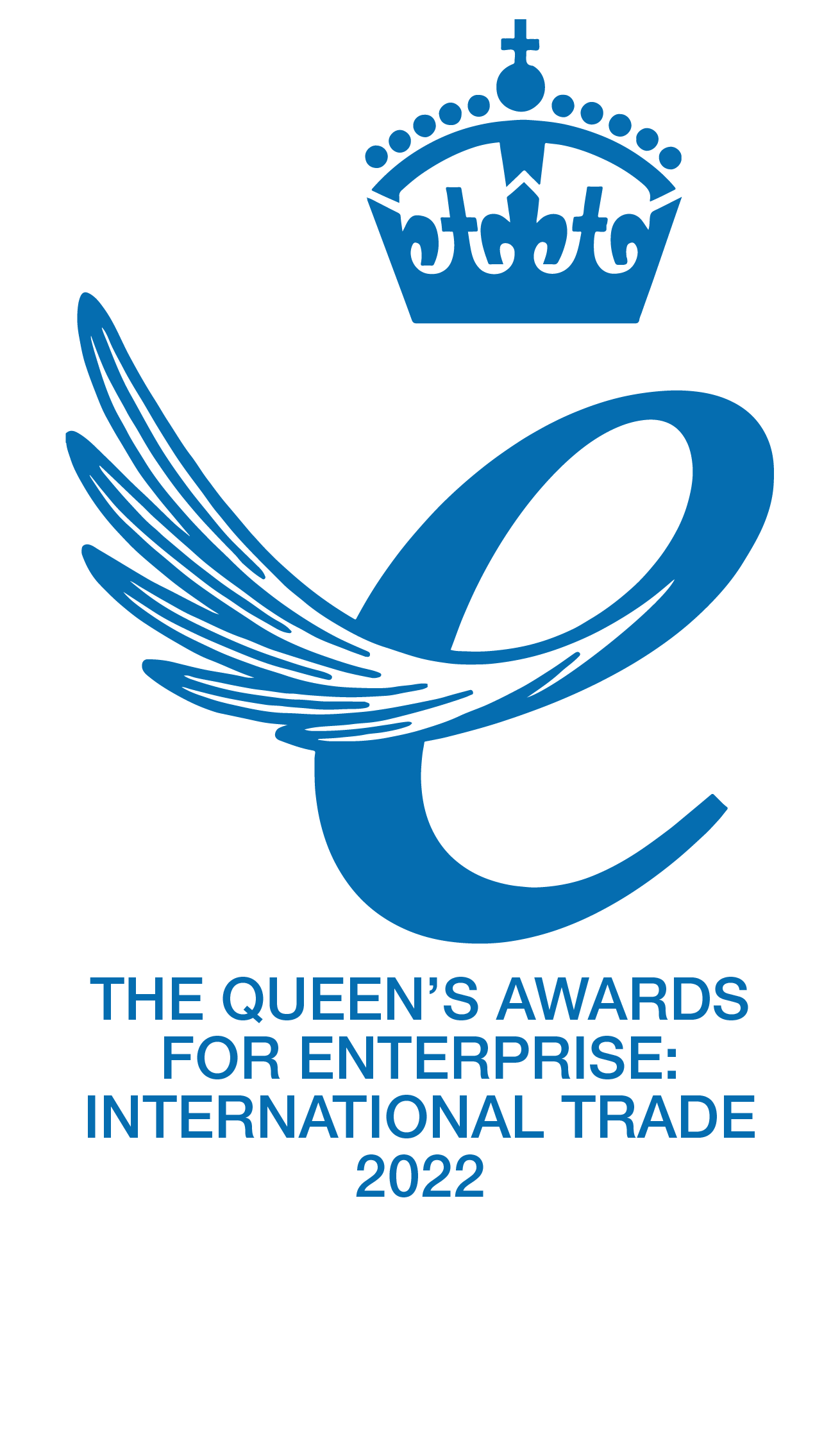How to improve fire safety on Coast Guard, Naval and Merchant Ships
Recent press has published the story about the U.S. Coast Guard Cutter Polar Star which experienced a fire incident on 10th February 2019 in the ship’s incinerator room. During this fire, “four fire extinguishers failed, fire crews spent almost two hours extinguishing the fire.”
Fires are happening frequently at sea on board all types of vessel from coast guard to naval to merchant fleets; it is the second cause of vessel loss after sinking and according to Lloyds List, almost 10% of all total losses at sea for the last ten years have been caused by fire.

“Ships are their own fire brigade”
Sailing alone and at sea throughout the year, vessels are without the ability to call upon the emergency services as a land-based asset might and therefore must be able to protect themselves.
What are the risks?
Fires occur most often in the engine room where there is greater risk of combustion due to the high heats of the machinery and in particular if there is an oil leak. The engine rooms are usually protected therefore by a fixed CO2 gaseous extinguishing system. The CO2 is stored under high pressure in these cylinders (720psi/49bar) and there is a risk that the agent will leak. Some marine service companies estimate that 20% of a ship’s CO2 cylinders have discharged or partially leaked their contents at some point in their lifetime. If the CO2 (or other suppressant clean agents such as FM-200® and Novec™1230 are becoming more widely used) leaks there may be insufficient agent to extinguish a fire event.
“CO2 bottles leak”
The risk of leaking and discharging is accepted as part of their use and this is shown in the regulations that demand their upkeep e.g. IMO SOLAS FSS Ch5. 2.1.1.3: “Means shall be provided for the crew to safely check the quantity of the fire extinguishing medium in the container”
However, a current, widely acknowledged gap in the reliability of many marine firefighting systems is the way in which the fire suppressant levels are checked. Misunderstanding also exists across parts of Shipping regarding the application of the above IMO SOLAS FSS Code.
Time to update the rule book
The traditional method to inspect fire systems is to shut-down, dismantle and weigh each cylinder and re-install the gaseous cylinders: taking 2 people 15 minutes per cylinder. Yet most crews are not trained not certified in this method. There is an alternative method available which the USCG and other Coast Guards, Navies, P&I Clubs, Marine Surveyors and Ship Owners may prefer to recommend because it is safer for their ship, cargo, the fire system itself and their crew. It is also quicker and easier making it a cheaper method: ultrasonic liquid level indication takes just 1 person and 30 seconds per cylinder.
Innovation: safer ships
Technology allowing for accurate measurement and logging of agent fill levels in fire suppression systems should be used particularly if fixed firefighting systems are being relied upon without the extra layer of safety that insulation would provide.
Ensure Vessel Safety
Bad industry practice is unacceptable when there are IMO SOLAS recommendations in place to mitigate the fire risk which may have catastrophic results due to risk to life, downtime in operation due to ship safety and repair work and incalculable reputational damage. This is a call to respond to regulations with a rigorous attitude, to go above and beyond, to provide security of life and infrastructure.
If your asset costs over £1million, you have members of crew operating, who are priceless, and you are keen to keep your insurance premiums down, is it worth risking a fire?
Frequently Asked Questions:
Q: “Getting 3rd parties to test is too expensive and my crew can’t be trained to do it themselves.”
A: READ BLOG: “Invest to save?” Why this idiom is rarely heeded but sorely needed.
Q: “But I have pressure gauges on my CO2 Cylinders?”
A: READ BLOG: Why Pressure Gauges Alone are Insufficient for Detecting Leaks in Gaseous Suppression Systems:
Q: What about the fire safety on cruise and ferry vessels?
A: READ BLOG: Passenger ship fire safety push.
Q: Why is cylinder level testing good?
A: READ BLOG: It is safer, better, faster and cheaper than weighing.
KEYWORDS: Fire Extinguishers, CO2, Ship, US Coast Guard, IMO, Fire at Sea





